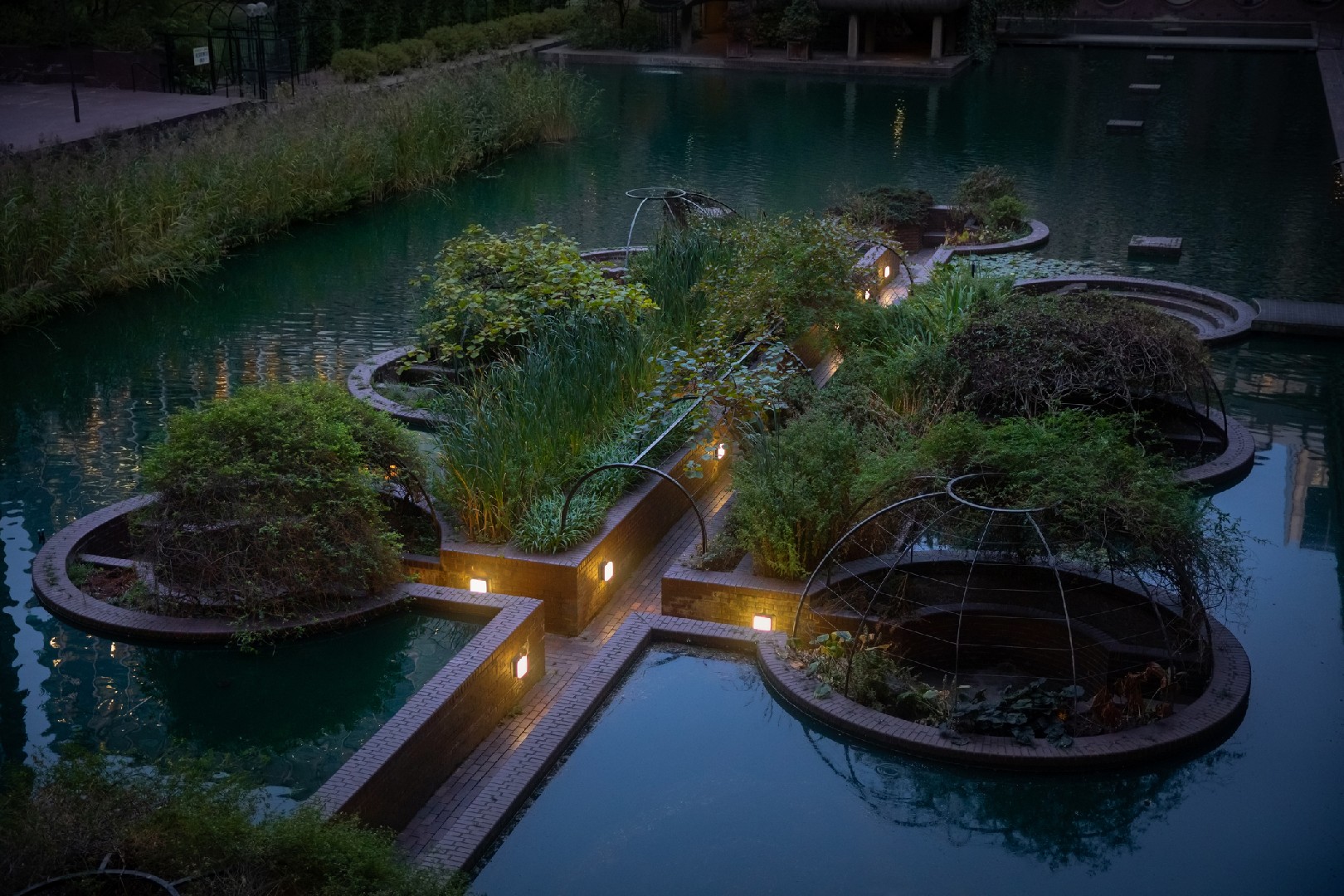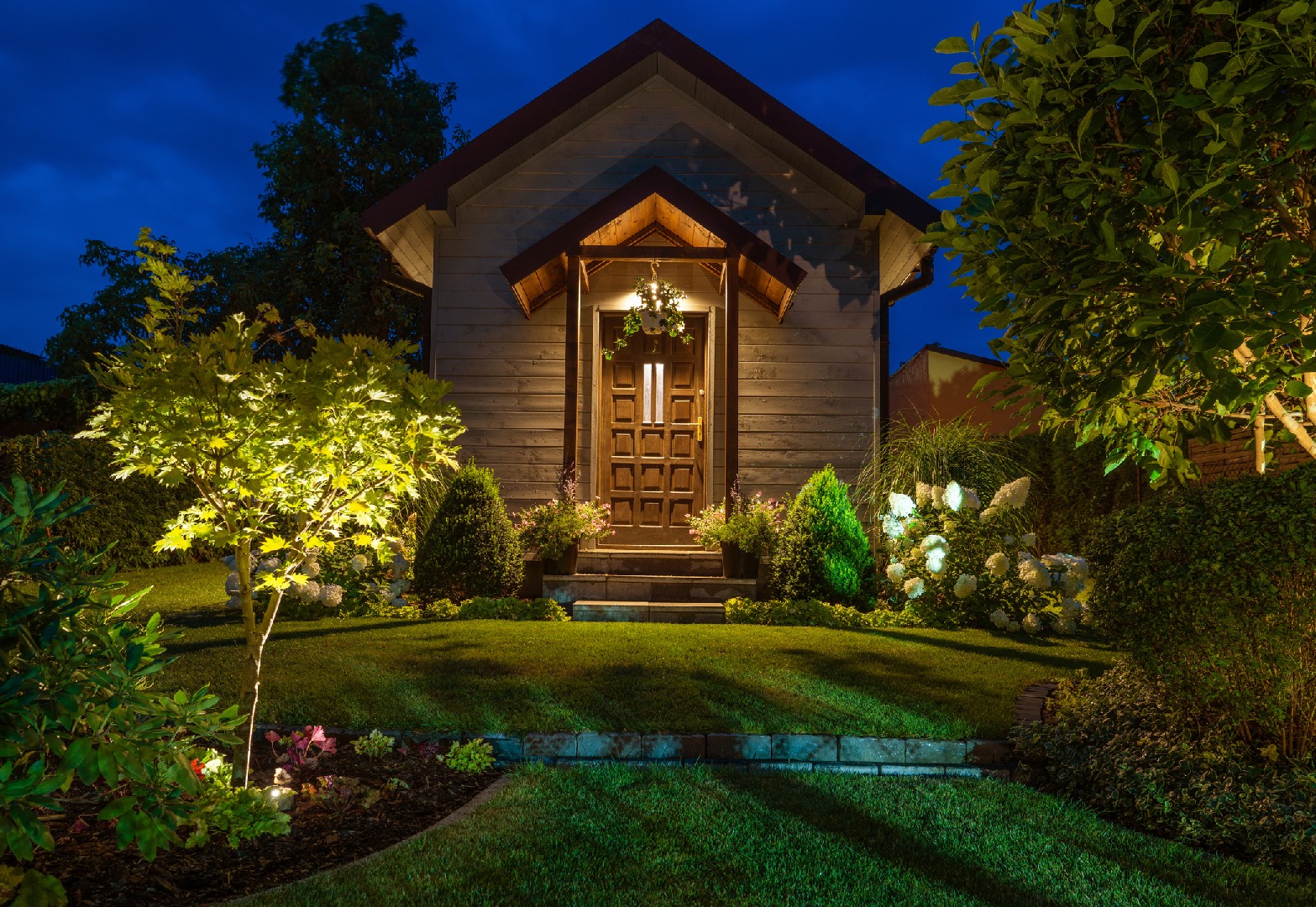![Rectangle]()
The Basics of Mood Lighting in Gardens
Mood lighting is the art of using light to create a specific atmosphere or mood in a space. In gardens, it is a powerful tool that can transform your outdoor space and enhance the overall ambiance. Understanding what mood lighting is and how it affects the ambiance is essential in creating a magical outdoor experience.
Blending artistry and functionality is crucial when it comes to garden lighting. While it is important to illuminate your space adequately, it is equally important to do so in a way that adds beauty and charm. By combining different lighting techniques, you can create a visually stunning outdoor area that is both functional and inspiring.
One technique that is key to creating the right mood in your garden is light layering. Light layering involves using different light sources and placing them strategically to create depth and drama. By mixing low-level ambient lighting with task lighting and accent lighting, you can achieve a layered effect that adds intrigue and allure to your outdoor space.
To start incorporating light layering into your garden, begin by assessing the different areas you want to highlight. For example, if you have a pathway, consider placing pathway lights at regular intervals to guide visitors and create a warm and welcoming atmosphere. If you have a water feature, such as a fountain or pond, installing underwater lights can create a mesmerizing effect at night.
Another crucial aspect of mood lighting in gardens is choosing the right color temperature for your lights. Warm white lights, with a color temperature around 2700K to 3000K, create a cozy and inviting atmosphere, perfect for relaxation and entertaining. On the other hand, cool white lights, with a color temperature around 5000K to 6000K, can create a more vibrant and energetic ambiance, ideal for parties or outdoor gatherings.
Additionally, consider using different lighting techniques to enhance specific features in your garden. For example, uplighting can be used to highlight trees or architectural elements, creating a striking visual effect. String lights can be draped across an overhead structure, such as a pergola or gazebo, to create a romantic and intimate atmosphere.
In conclusion, mastering the art of mood lighting is essential in transforming your outdoor space. By understanding the principles of mood lighting, such as blending artistry and functionality, and incorporating techniques like light layering and color temperature selection, you can create a captivating garden that evokes the desired ambiance. So, go ahead and light up your garden and let the magic unfold!





